 Loading...
Loading...
 Loading...
Loading...
The villas of Lucca, i.e. the palaces in villas, are found in the countryside and in the hilly area surrounding the Piana di Lucca and still today represent a heritage of remarkable beauty. The villas of Lucca were built from the 15th to the 19th century as alternative summer residences to the winter ones in the city at the behest of the more affluent classes of the city of Lucca. These prestigious residences are still mostly in private hands through generations. The structure of Lucca’s villas is typical of a work of art: large, tree-lined gardens, arcades, halls, frescoes and statues, parks with pools, fishmongers’ shops and small lakes. In the construction of these works of the urban bourgeoisie surrounded by olive groves and vineyards, the people of Lucca have modified their landscape keeping beauty as a primary consideration. Visitors find themselves in contact with a plurality of values ranging from architecture and landscape, agriculture and traditional activities, creating a contemplative and intimate atmosphere. It is advisable to organize a visit to the Lucca villas according to precise itineraries in order to enter the tranquility and elegance of these suggestive residences without wandering aimlessly.
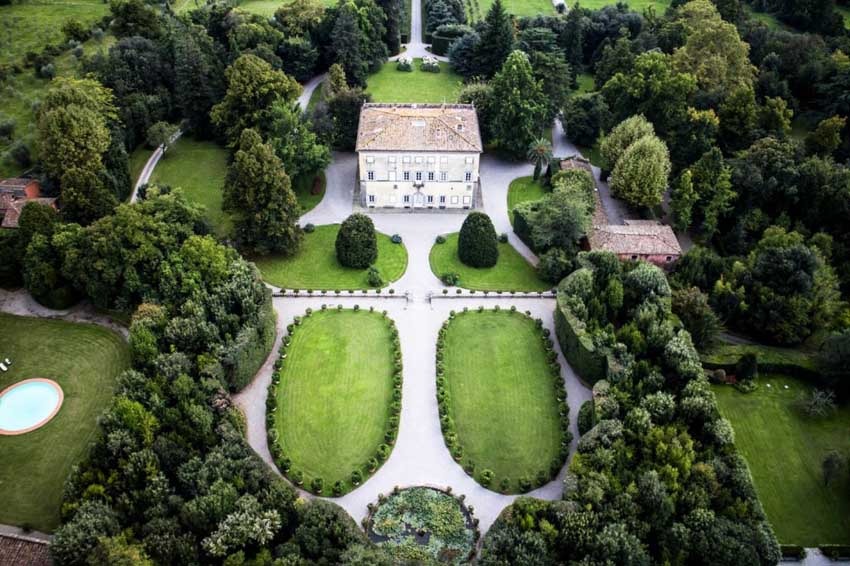
Villa Grabau is one of the main historical residences in Lucca of the Renaissance which has preserved period furniture and paintings intact. It was built by the wealthy Lucchese merchants Diodati on the ruins of a medieval village, transformed over time with Renaissance and finally neoclassical features, and was sold to Carolina Grabau, wife of a wealthy German banker, in 1868. The nine-hectare park which surrounds the Villa and enriches it with centuries-old trees and true botanical rarities. The precious structure of the Limonaia dating back to the seventeenth century contains over one hundred terracotta lemon basins with the coats of arms of the ancient clients imprinted and is one of the testimonies of the architectural beauties of the Lucca area.
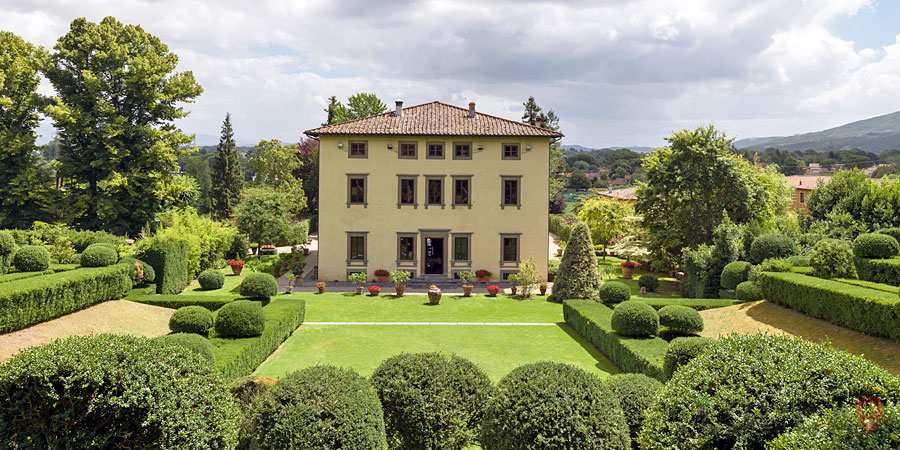
Villa Bernardini represents a considerable example of late Renaissance architecture with the imposing residence placed as a single block in the center of the large park. The residence wanted by Bernardo Bernardini was last in 1615 and has always remained a family heritage. Scholars and enthusiasts have been particularly interested in the Bernarini family coat of arms reported with paintings and engravings on many pieces of furniture commissioned directly by the family and dating back to various eras.
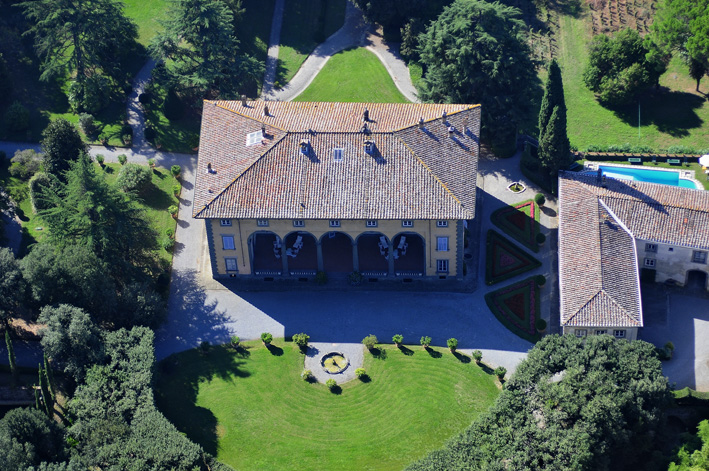
The construction of Villa Oliva, previously Buonvisi, dates back to 1500 at the behest of Ludovico Buonvisi who commissioned the Lucchese architect and sculptor Matteo Civitali. Over time, the Villa had various owners and, finally, it was purchased by the Oliva family who carried out significant renovation works. The residence consists of two halls superimposed in the central part and a suggestive loggia. with Matraia stone columns overlooking the majestic 5-hectare park. The beauty of the park is accentuated by the fountains, the functioning of which is linked to the richness of the waters in the area.
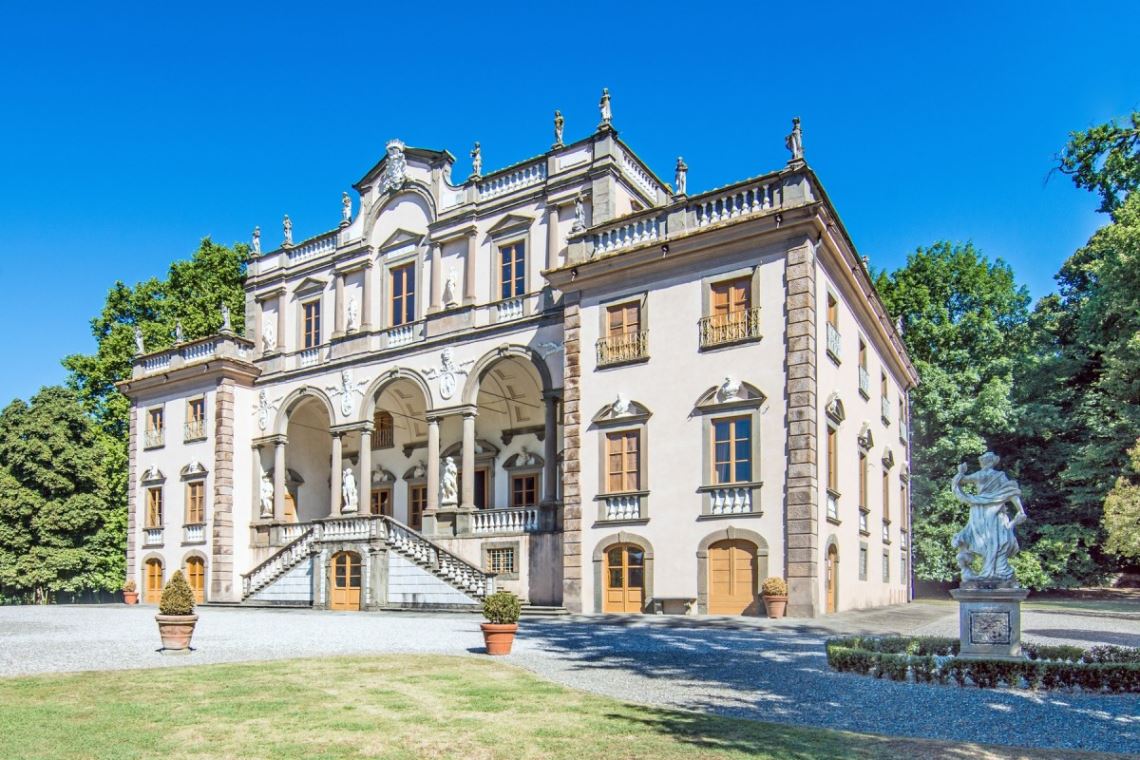
Villa Mansi represents a remarkable example of the culture and society of the ancient Aristocratic Republic of the city of Lucca. Since before the 16th century, the Mansi were a family known at European level in the field of silk trade and had close relationships with the patrician families of Lucca, thanks to which they were able to purchase the Villa of Segromigno in the 17th century. The Mansi family promoted a renovation of the face of the Villa followed by the Lucchese architect Giusti and the important transformation of the garden by Filippo Juvarra. Inside, the Villa is enriched by numerous frescoes, among which the works of the neoclassical painter Stefano Tofanelli stand out.
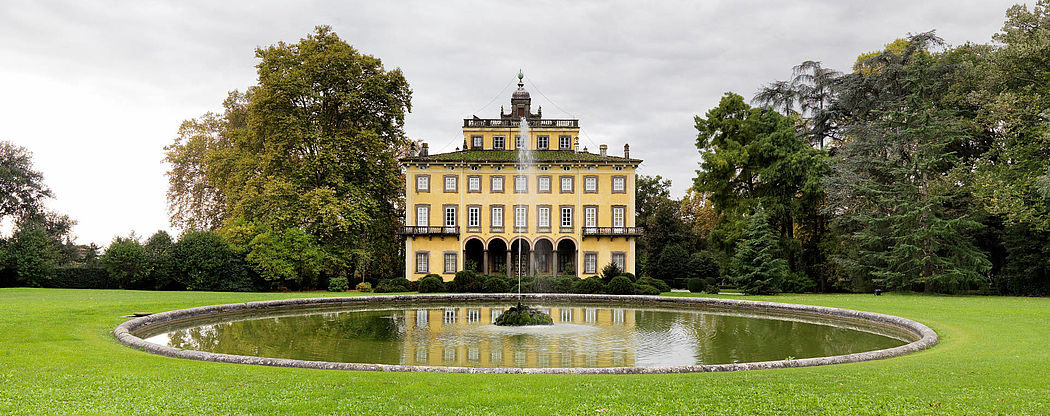
The Villa di Camigliano, formerly Torrigiani, is the best example of Baroque architecture in Tuscany. The Villa and its park, dating back to the early sixteenth century and originally belonging to the Buonvisi family, were purchased by the Marquis Nicolao Santini, ambassador of the Republic of Lucca to the court of Louis XIV, who made significant changes to the architecture of Versailles. Since the 19th century, the park has taken on a much more romantic look with the enrichment of plant specimens from all over the world. A magnificent avenue of cypresses leads to the majestic Baroque facade of the Villa, inside which the rich original furnishings and decorative frescoes by Pietro Scorzini are still perfectly preserved. Today, the Villa is still inhabited by the descendant family of Nicolao Santini.
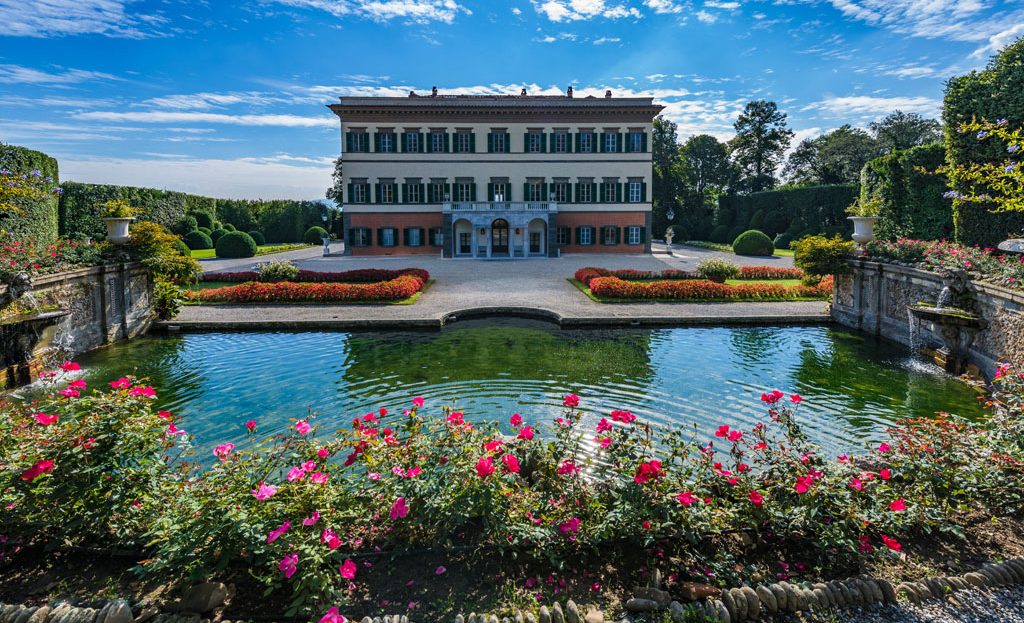
The first nucleus of the Lucca villa was formed by a fortress inhabited by the Duke of Tuscia. Subsequently the property passed to noble families of merchants and bankers from Lucca who transformed the fortress into a stately palace. After the bankruptcy of the Buonvisi family, most of their assets, including the Villa di Marlia, were put up for sale. The historic residence was then purchased in 1651 by Olivieri and Lelio Orsetti who made changes to the Villa and gave the Park a new layout in Baroque style with the creation of scenic avenues and gardens still visible today.